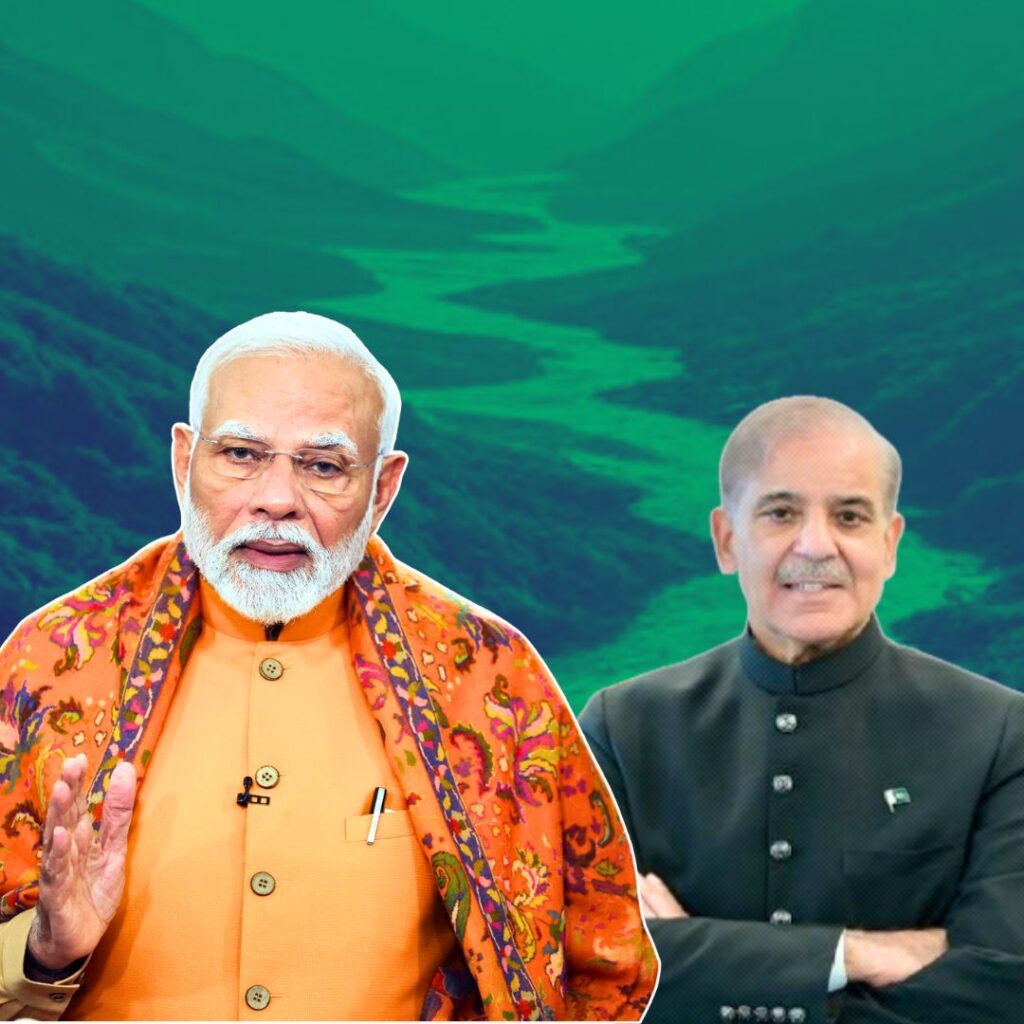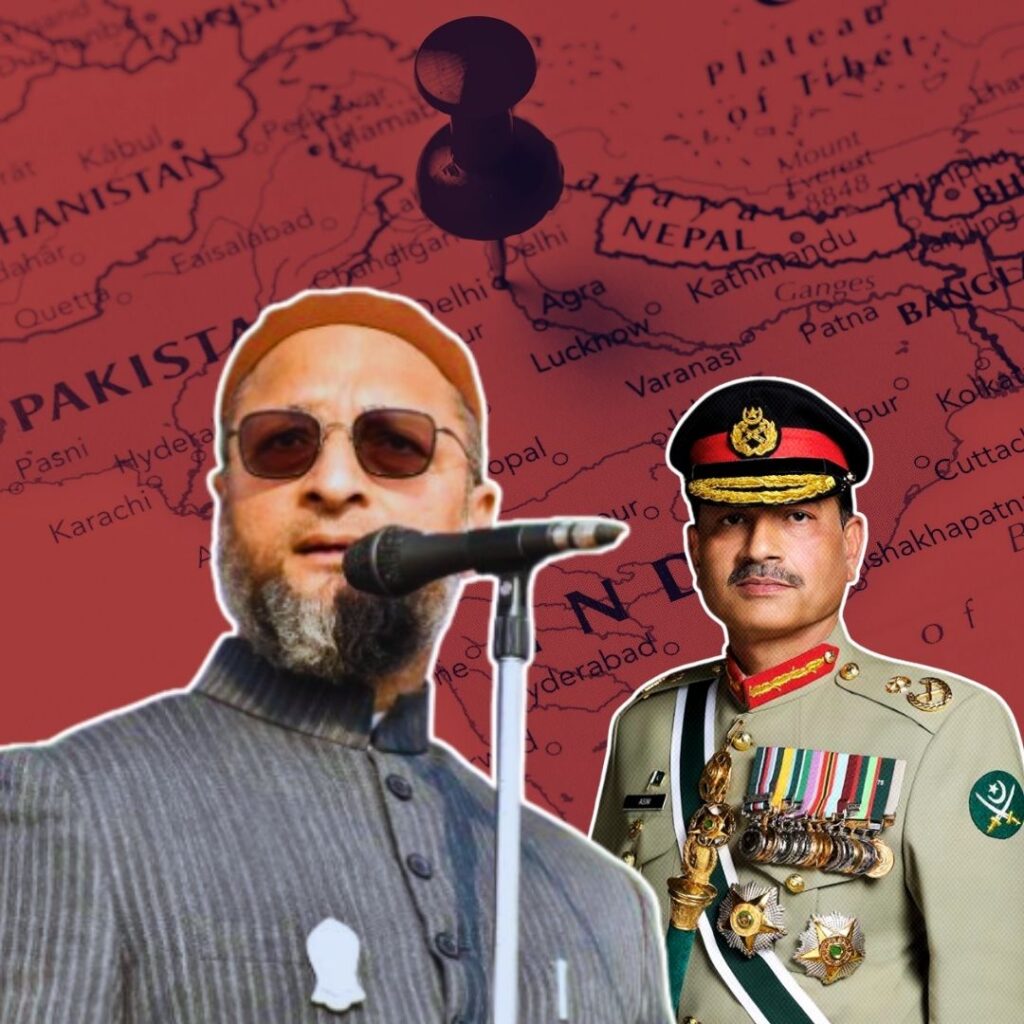As India grapples with the coronavirus pandemic, Kerala is setting an example in tackling the COVID-19. The state, which initially had a high number of cases in India, has now managed to flatten its coronavirus curve.
Kerala, as of Monday, April 13, has reported 375 confirmed cases of the virus, including two deaths. In the last week, the state reported no deaths and on Sunday, it reported two new cases and 36 cases of recovered patients.
With 179 recoveries, the state is only second to Maharashtra, which has reported over 1000 cases, to report the highest number of recoveries. Kerala, which was on top of the list of states with the maximum number of active cases, is today, at the 11th position, according to The Ministry of Health and Family Welfare.
‘COVID-19 curve of Kerala has started to flatten. The active cases for the last one week have declined. The recovered cases (green curve) will cross the yellow curve soon,’ tweeted the state Finance Minister Thomas Isaac late on Sunday, April 12.
COVID-19 curve of Kerala has started to flatten. The active cases for the last one week has declined. The recovered cases (green curve) will cross the yellow curve soon.#COVID2019 #COVID pic.twitter.com/G9nja0UYCU
â Thomas Isaac (@drthomasisaac) April 12, 2020
The flattening or bending of the curve is an attempt to stop a spike in the number of cases. It can mitigate the spread of the disease, deaths and overburdening of the health care system.
The term refers to a curve in a chart that rises as the number of cases of a particular infectious disease increase, then starts to fall as that number goes down. The curve varies in shapes depending on the virus’s infection rate. A flatter curve minimises the potential impact on the health care system, medical staff, and ensures that fewer sick people are being turned away.
According to experts, aggressive testing and contacting tracing is the reason behind Kerala’s success in fighting the pandemic.
‘My compliments to Chief Minister Pinarayi Vijayan and the people of Kerala for the remarkable handling of #COVID-19 Its daily discharges far exceed daily new infections. It has restricted secondary spread and while the international mortality rate is 5.75, the rate in Kerala is mere 0.58 with just 2 deaths,’ Amitabh Kant, the CEO of plan panel Niti Aayog.
My compliments to CM @vijayanpinarayi & people of Kerala for remarkable handling of #COVID__19 It’s daily discharges far exceed daily new infections. It has restricted secondary spread & while international mortality rate is 5.75, rate in Kerala is mere 0.58 with just 2 deaths. https://t.co/L3T82tNGLA
â Amitabh Kant (@amitabhk87) April 11, 2020Early Preparations, Aggressive Contact Tracing, Massive Testing
Many attribute Kerala’s continued success in combatting epidemics to the Health Minister, KK Shailaja. The Minister was at the forefront when Kerala successfully contained the Nipah outbreak in 2018. Learning from the previous experience, the Minister quickly strung into action when the COVID-19 outbreak started in China.
The state was battle-ready as soon as the Union Health Ministry issued an alert against the coronavirus on January 17. As students from Kerala accounted for a large section of the medical students in China’s Wuhan, the epicentre of the pandemic, the health department officials in Kerala were on high alert about a possible outbreak in the state.
Isolation wards were prepared in all districts. Also, private hospitals were informed about setting up isolation wards in case of an emergency. To decide on treatment, isolation, and quarantine of suspected patients, a Rapid Response Team (RRT), headed by the Health Minister herself, was set up. State and district level control rooms were also set up where the Principal Secretary of the State health department held daily meetings.
Adequate training was provided to paramedics, drivers, support staff. Awareness drives were conducted that focused on minimising the spread of fake news and fear among the public. So, when the first case was reported in the state on January 30, which was also the first case in the country, the state was well prepared.
After the first case was confirmed, contact tracing was promptly initiated to trace all those who had come in contact with the patient. The second and third case was confirmed on February 2 and February 4, respectively. All the patients were interviewed in detail to contact any individual they may have come in contact with.
While the three patients recovered and the spread was largely contained, on March 8, a family of three that returned from Italy to Pathanamthitta, tested positive. The family had also hidden their travel history from the health officials.
The family had attended several gatherings and travelled to many places by the time they were traced. While five of their primary contacts contracted the infection from them, nearly 900 primary and secondary contacts were traced and kept in isolation. Since then, the number of cases rose in the …









